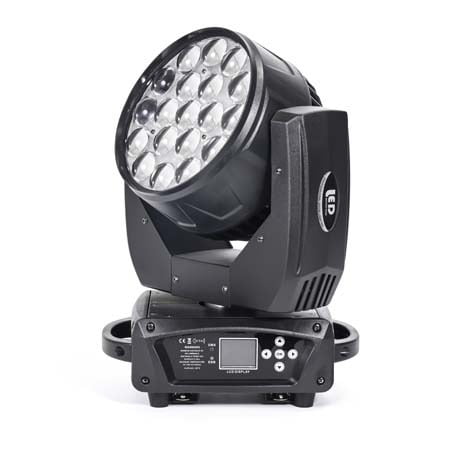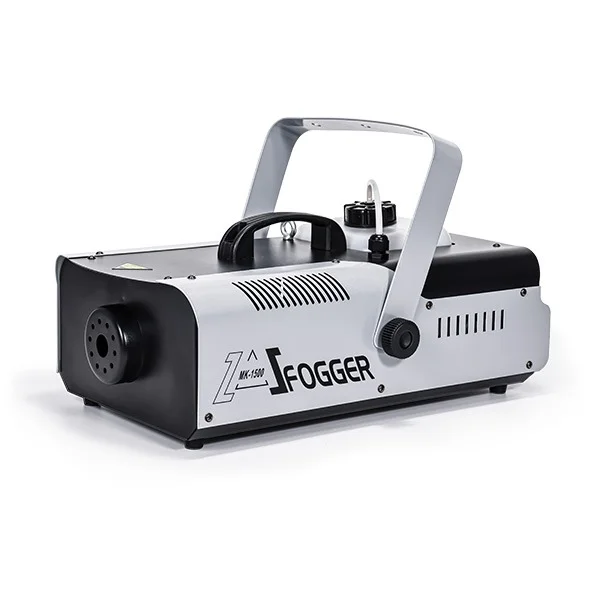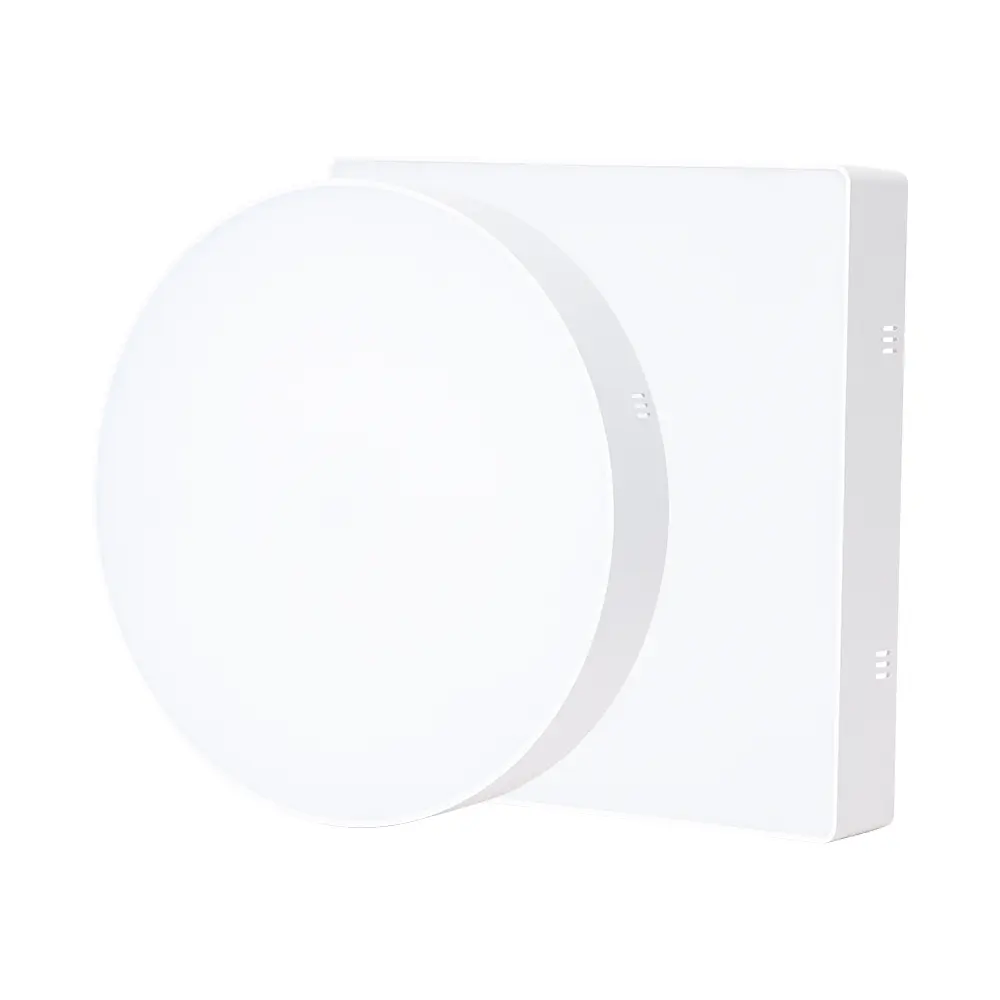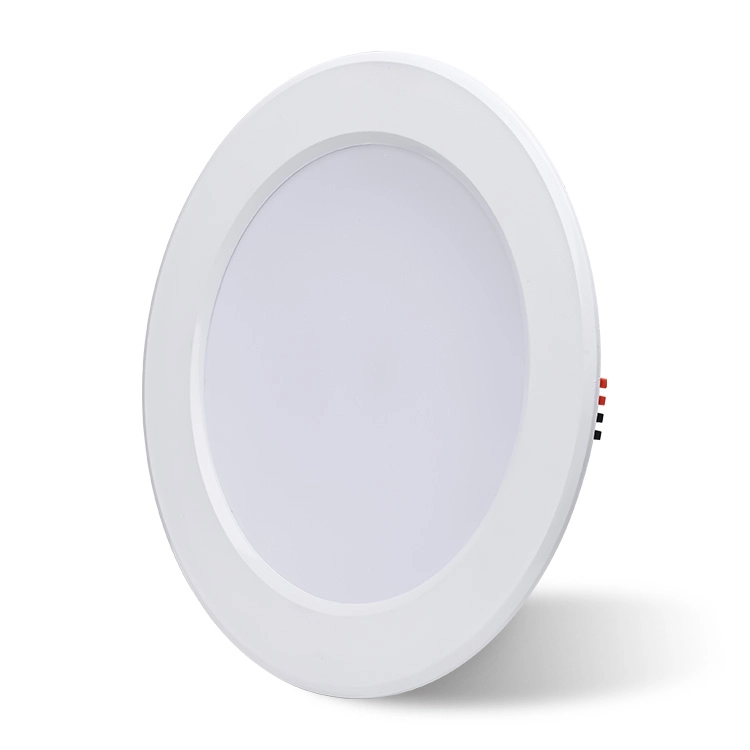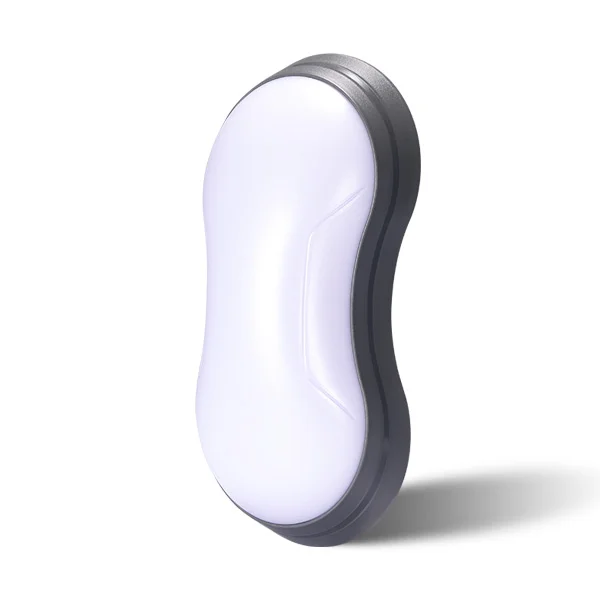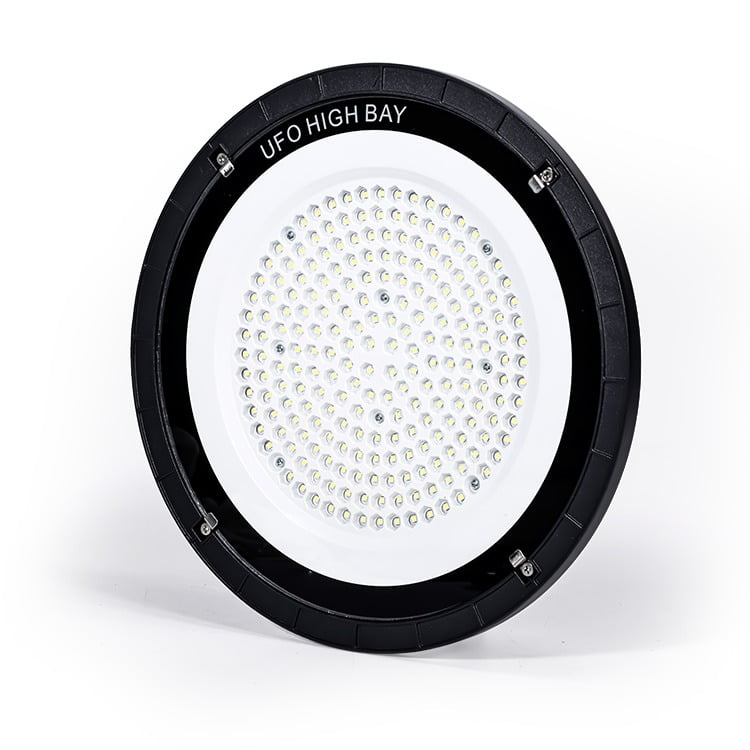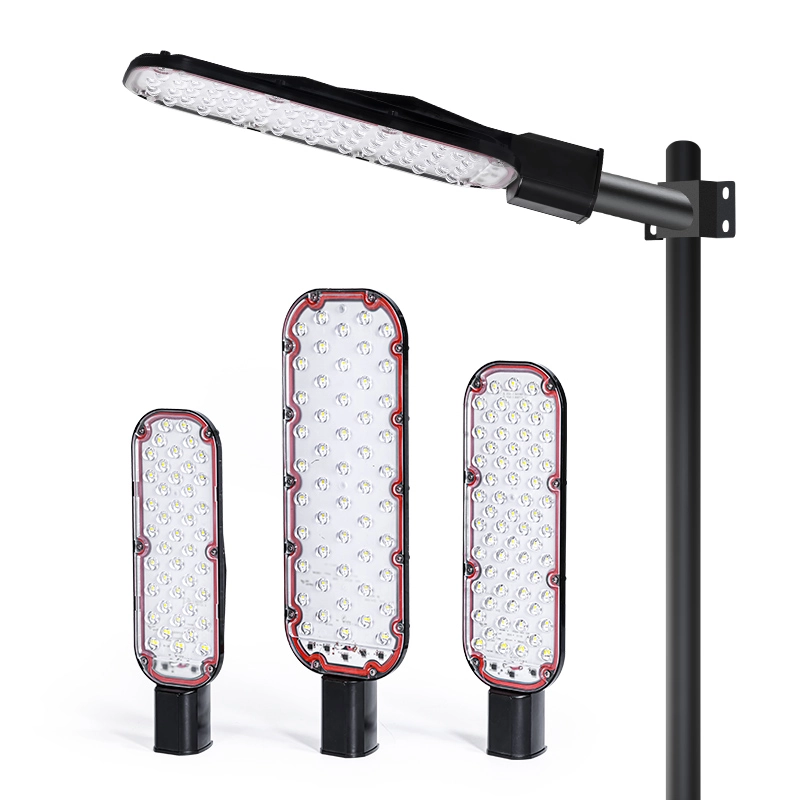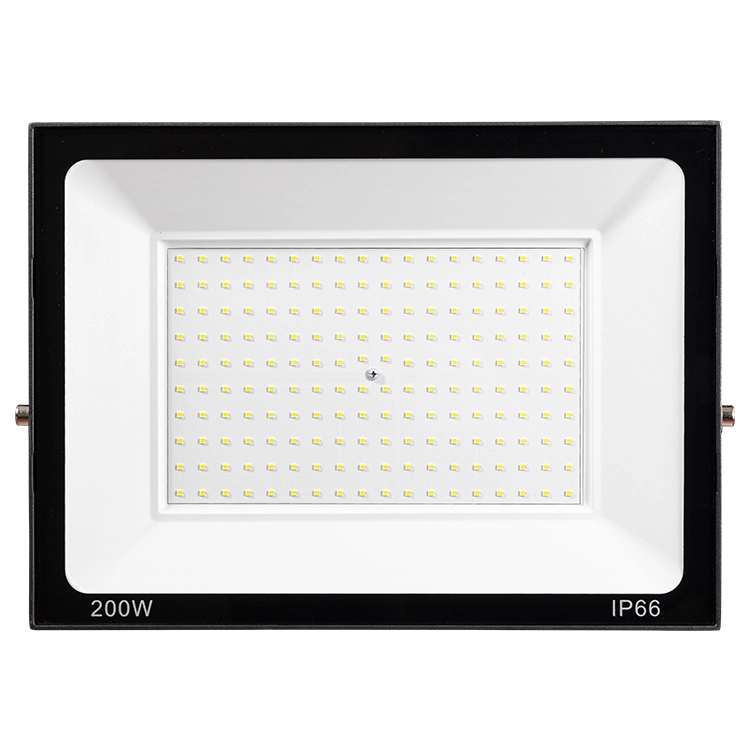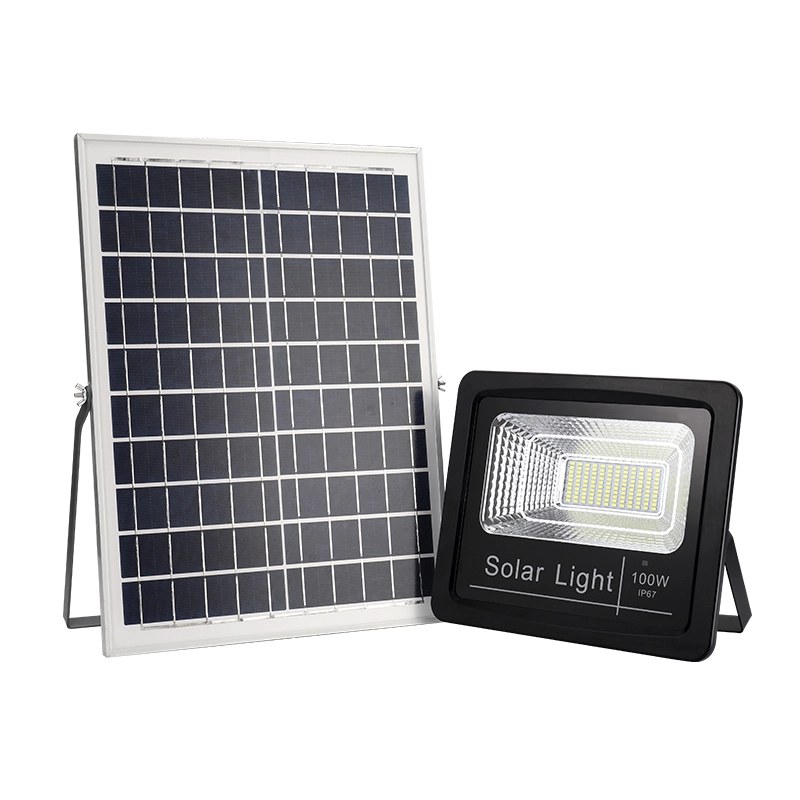
The PAR 36 is a compact yet powerful lighting fixture used widely in entertainment, display, and architectural environments. Though smaller than other PAR types like PAR 56 or PAR 64, the PAR 36 plays a unique role in creating focused light effects—particularly in accent lighting and pin spotting.
Whether halogen or LED, understanding what a PAR 36 is and how it’s used can help you make smarter decisions in your lighting setup.
What Does PAR 36 Mean?
The term PAR stands for Parabolic Aluminized Reflector. The number “36” indicates the size of the lamp in eighths of an inch:
36 × 1/8 = 4.5 inches (about 114mm in diameter)
PAR 36 lights are typically low-wattage, sealed beam units designed for simple, punchy illumination. They are available in halogen, incandescent, and modern LED variants.
Typical Use Cases for PAR 36 Lights
PAR 36 lights are often used for:
Pin spotting mirror balls, podiums, or props
Accent lighting in bars, nightclubs, and small venues
Hidden lighting in churches and theaters
Display illumination in museums, showrooms, or exhibitions
Their small size makes them ideal for discreet placement and localized effect.
Key Features of PAR 36 Fixtures
| Feature | Description |
|---|---|
| Diameter | 4.5 inches (114mm) |
| Power | Typically 30W – 100W |
| Voltage | Common in 6V, 12V, 24V low-voltage formats |
| Beam Angle | Narrow spot to medium flood |
| Mounting Style | Brackets, track-mounted, or recessed |
| Control Options | On/off or dimmable; DMX via LED version |
Optical Construction of a PAR 36 Fixture
A traditional PAR 36 lamp contains a built-in parabolic reflector, sealed beam lens, and filament. Unlike modular LED fixtures with swappable components, the entire PAR 36 lamp is sealed and replaced as one unit.
This fixed optical setup delivers predictable beam shape and intensity but offers less flexibility. In contrast, LED-based alternatives simulate beam control using external lenses and reflectors, offering more programmable options.
How PAR 36 Functions Differ Across Lighting Scenarios
Concerts & DJ Performances

In live music environments, PAR 36 lights are widely used as pin spots to illuminate mirror balls, center-stage risers, or band logos. Their compact size and narrow beam allow precise static effects without interfering with moving heads or LED walls.
Theatrical & Drama Shows

In black box and fringe theaters, PAR 36 fixtures are used to highlight props or low-profile set elements, often from side booms or foot positions. Their tight beam helps focus attention without flooding the stage.
Church Stages

Many churches integrate PAR 36 units into architectural features to softly light crosses, altars, or pulpit banners, creating subtle highlights that support the reverent atmosphere without overpowering it.
Nightclubs & Party Lighting

For mobile DJs or club lighting designers, PAR 36 lamps offer an affordable and simple solution for adding static beam accents to walls, ceilings, or behind trusses. When paired with fog, they add sharp beam points or vintage-style glow.
Real-World Applications: How Designers Use PAR 36
PAR 36 lights may be small, but they still deliver creative punch in live production:
In a concert hall, four PAR 36 pin spots may highlight a disco ball from multiple angles for a rotating sparkle effect.
In black-box theater, designers place PAR 36s on floor booms to up-light scenery without washing performers.
In churches, warm-white PAR 36s installed behind altar pieces provide subtle reverence through minimalism.
These applications prove that PAR 36s remain part of the modern lighting designer’s toolkit.
PAR 36 vs PAR 56 vs PAR 64
| Model | Diameter | Power Range | Typical Use |
|---|---|---|---|
| PAR 36 | 4.5″ | 30W–100W | Pin spots, accent, small display |
| PAR 56 | 7″ | 300W–500W | Mid-stage wash, background fill |
| PAR 64 | 8″ | 500W–1000W | Front wash, large stage flood |
LED Upgrade Paths: Replacing PAR 36 Fixtures
When replacing halogen PAR 36s with LED alternatives:
Choose LED pin spots with 3°–10° beam angles
Opt for DMX support if you want remote control
Verify physical size compatibility with older housings
Select warm white color temperature for vintage match
Look for optional color filters or remote dimming where needed
Many manufacturers now offer PAR 36 form-factor LED units with wireless control, longer lifespan, and color mixing capabilities.
FAQ
Is PAR 36 still relevant today?
Yes. It remains popular for pin spotting, display lighting, and architectural accents—especially in LED form.
Can I retrofit an old PAR 36 housing with an LED bulb?
Only if the fixture accepts modular lamps. Many PAR 36s are sealed beam, which require full-unit replacement.
What beam angle does a PAR 36 typically offer?
Most halogen PAR 36 lamps offer 8°–15° narrow spot beams. LED variants can range wider.
Are PAR 36 fixtures dimmable?
Halogen versions work with dimmers. LED models must specify dimming compatibility.
Final Thoughts
The PAR 36 may be compact, but it has lasting value in detail-focused lighting. From disco-era mirror balls to modern LED pin spots, its design endures because of its simplicity, utility, and artistic flexibility.
Need help upgrading your PAR 36 inventory to LED? Contact our team for tailored lighting solutions.


